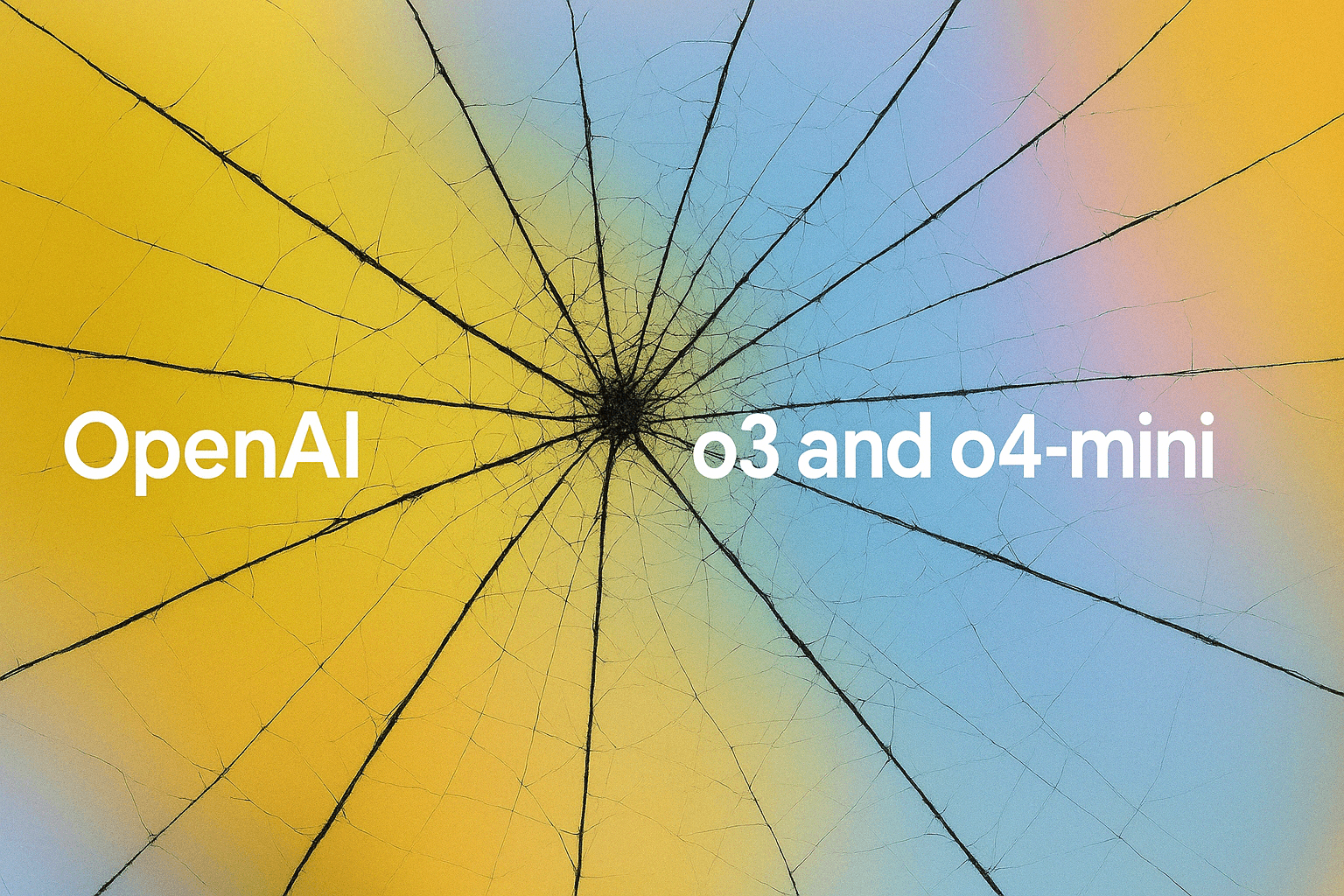India’s IT Minister, Ashwini Vaishnaw, pointed out that AI models may not stay open source, urging India to build its own LLM.

India’s AI future is here — and it’s open source at heart. In an engaging conversation between Shivnath Thukral, vice president of public policy at Meta India, and Abhishek Singh, additional secretary at MeitY, it became clear why this model is apt for India’s AI ambitions and how it can serve billions of people in India.
For Singh, open-source isn’t just about code—it’s a way to unlock innovation and make powerful tools available to more people. He believes AI in India must be inclusive, rooted in the realities of everyday life. He emphasised the potential of AI to extend the reach of digital public infrastructure, citing voice-enabled services in mother tongues as a game-changer.
Imagine a farmer accessing crucial information about fertilisers or crop choices in their own language, or a mother seeking basic health advice through a voice query. “That would be really empowering, and that would add to value creation when it leads to AI,” Singh said, adding that this is why the world looks at India as one that will build applications.
He further said that inclusivity naturally aligns with an open-source philosophy. When asked about its importance in application development, Singh explained, “Open source is developers’ preferred choice because it’s easier to understand how it works—and more importantly, it’s also economical.”
In a price-sensitive market like India, the economic viability of open source becomes a significant advantage for widespread adoption and deployment.
During a recent panel discussion, India’s IT minister Ashwini Vaishnaw stated that one of the primary reasons India needs to develop its large language model (LLM) is that AI models may not remain open source indefinitely.
Vaishnaw also took a jibe at OpenAI, pointing out how it transitioned its models to closed source after GPT-2, suggesting that open source model makers today might take a similar approach. “We should also change [OpenAI’s] name,” he remarked.
India has been actively adopting open-source models such as Llama 2 and 3. According to several startups, these models play a key role in synthetic data generation and can be fine-tuned for targeted applications. Besides startups, several enterprises in India have been actively using Llama.
Earlier, China’s DeepSeek brought open source back into the spotlight, pushing OpenAI to plan an open-source reasoning model.
IndiaAI Mission
While embracing models from Meta and OpenAI, Singh said that India is also strategically investing in building its own foundational models trained on Indian datasets. This addresses the limitations of existing models that may lack a nuanced understanding of the Indian context.
“When we build a solution trained on Indian datasets, ultimately this will also flow to the other models,” Singh pointed out, envisioning a two-way exchange of knowledge and advancements.
Notably, IndiaAI mission is accepting proposals for building foundation models. The deadline for phase 3 will now be 22nd April 2025, and acceptance of new applications post 22nd April 2025 will be paused.
Singh envisions Indian foundational models that excel in areas like Ayurveda and ancient knowledge, areas where India holds a distinct advantage. “It will be something that we’ll not only be proud of, but we’ll be able to offer it to the world,” he said.
While open source is strongly encouraged for its accessibility and affordability, the government is not mandating it. “We allow for both flavours and ultimately, depending on the use case, the end users or the developers, they may decide to offer a solution—open source or a proprietary one,” Singh explained.
“Our biggest strength is talent,” Singh affirmed, adding that with a strong domestic ecosystem nurtured by IITs and other educational institutions, India possesses a formidable human capital.
However, Singh acknowledged existing gaps, particularly in research and access to compute. The government is actively addressing the infrastructure challenge, having finalised a tender for 18,000 GPUs, with more bids expected. This commitment to building a robust compute infrastructure signals a determined push to bridge the technological divide.
Local AI Infra and Chips
India’s ambitions to build foundational AI models from scratch are closely tied to its evolving semiconductor strategy. While companies like Meta, Amazon, and Intel are already advancing TPU and GPU development, India’s current reality is more measured.
“We will remain dependent on the West for GPU design in the short term,” Singh said, adding that “for the design to be finalised and move into manufacturing and deployment, we are at least a few years away.”
He revealed that Micron is expected to roll out its first chip by the end of this year, with Tata Electronics following in 2026. However, these will be 28nm chips—older but still widely used globally. “The 2 to 3 nanometre chips are cutting-edge, but they currently represent only a small fraction of overall use,” Singh clarified.
To support long-term growth, India is banking on initiatives like the Design Incentive Scheme, PLI Scheme, and ISM 2.0. “We’ll get there, but it won’t happen overnight,” Singh said.
Beyond infrastructure, the governance of this burgeoning ecosystem remains critical. India’s track record in leveraging technology for empowerment, evident in projects like Aadhaar and UPI, positions it uniquely on the global stage.
“India is one country that has actually shown the world how technology can be used to empower people and improve governance,” Singh concluded.
Siddharth Jindal
Siddharth is a media graduate who loves to explore tech through journalism and putting forward ideas worth pondering about in the era of artificial intelligence.
Related Posts
Our Upcoming Conference
India's Biggest Conference on AI Startups
April 25, 2025 | 📍 Hotel Radisson Blu, Bengaluru
Subscribe to The Belamy: Our Weekly Newsletter
Biggest AI stories, delivered to your inbox every week.
Happy Llama 2025
AI Startups Conference.April 25, 2025 | 📍 Hotel Radisson Blu, Bengaluru, India
Data Engineering Summit 2025
May 15 - 16, 2025 | 📍 Hotel Radisson Blu, Bengaluru
MachineCon GCC Summit 2025
June 20 to 22, 2025 | 📍 ITC Grand, Goa
Cypher India 2025
Sep 17 to 19, 2025 | 📍KTPO, Whitefield, Bengaluru, India
MLDS 2026
India's Biggest Developers Summit | 📍Nimhans Convention Center, Bengaluru
Rising 2026
India's Biggest Summit on Women in Tech & AI 📍 Bengaluru

 2 days ago
7
2 days ago
7







